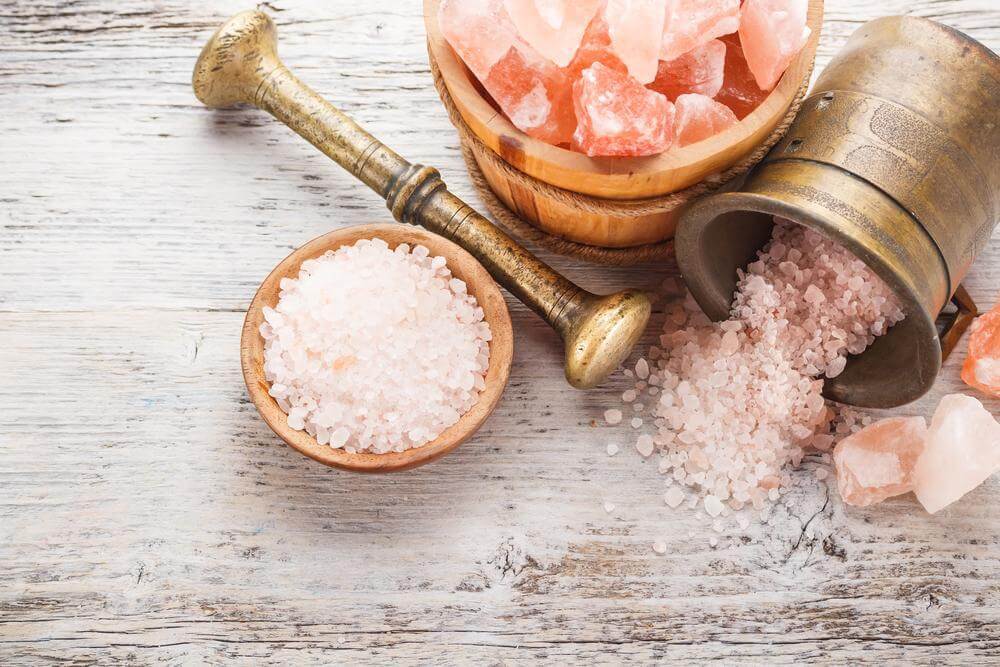Himalayan crystal salt, also known as white gold or halite, was formed on the sea bed some 250 million years and has long been known to offer an abundance of health benefits. Unlike table salt, or even sea salt (which can be full of impurities such as heavy metals), Himalayan crystal salt contains all 84 of the trace elements found in the human body. As such, this salt is known as a 'full-spectrum' salt.
Why We Need Salt
The human body needs sodium (the predominant mineral in salt) to hold onto water and stay hydrated, thereby giving it a role in blood pressure regulation as it maintains blood volume. Sodium is also essential for electrical impulses in the body and is involved in muscle contraction. When we consume too much sodium, this can lead to blood pressure elevations, cramps, and numerous other health problems.
Why Not Table Salt?
Getting a good balance of minerals in the diet is vital, but this doesn't just mean cutting down on sodium chloride (table salt), it requires an intake of potassium, magnesium, manganese, as well as sodium itself. Potassium and sodium have opposite roles to play in fluid regulation in the body, and when potassium levels are low and sodium levels are high, this is when blood pressure can skyrocket and cardiovascular disease arises.
Getting a Good Mineral Balance
These minerals also work to maintain bodily pH, i.e. the alkalinity or acidity of certain tissues, like the blood. Bodily pH is important for cellular signalling, including for brain cell activity, and for the production of cellular energy. If blood becomes too acidic, which can happen with poor mineral intake, then minerals like calcium begin to be leached from the bones to help neutralise that acid. Over time, this means that the bones get weaker, less dense, and more prone to fracture.
What is Himalayan Crystal Salt?
Himalayan crystal salt is an unrefined, unprocessed, raw salt that is more than simply a seasoning, it is a source of nourishment. Sea salt is processed and stripped of most of its trace elements, and any salt that is white is not full-spectrum as it is the mineral content of salt that gives it colour. Himalayan crystal salt is a pinkish colour due to its iron content, while Celtic Sea Salt is brownish due to its iodine content. Sea salt is generally white and stripped of minerals, with this term is largely devoid of meaning, being that all processed salt came from the sea at some point.
Where does it come from?
Himalayan crystal salt takes its name from the crystal caves in the Himalayan Region of the Karakoram mountain range in Pakistan. The salt from these caves is hand-mined and stone ground, and is not mixed with other salts, making it 100% pure Himalayan crystal salt.
Himalayan crystal salt is the ideal replacement for table salt or sea salt as it continues to help carry flavour in foods, while actually enriching that food with minerals needed for vital physiological functions.


